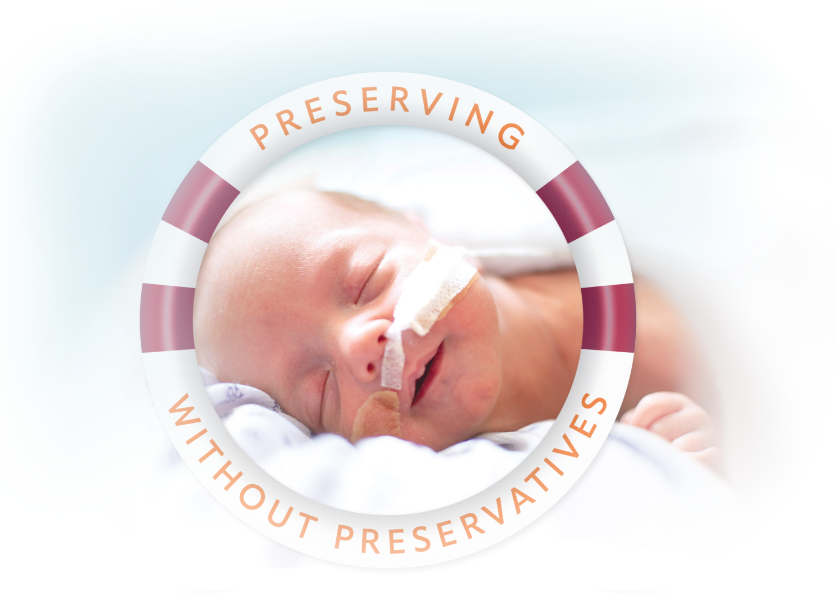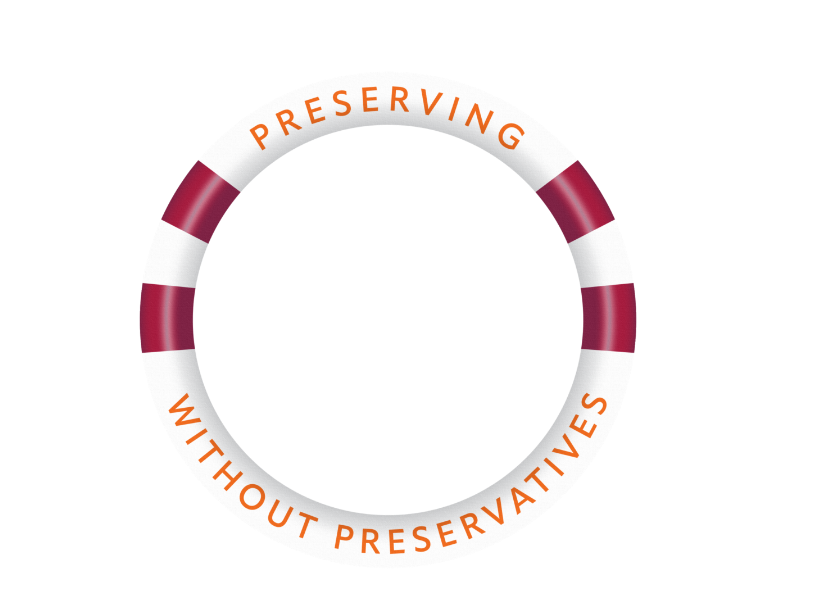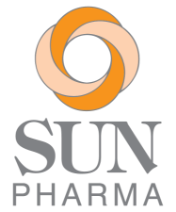SEZABY® does not add to potential excipient burden on critically ill neonates1,3-5
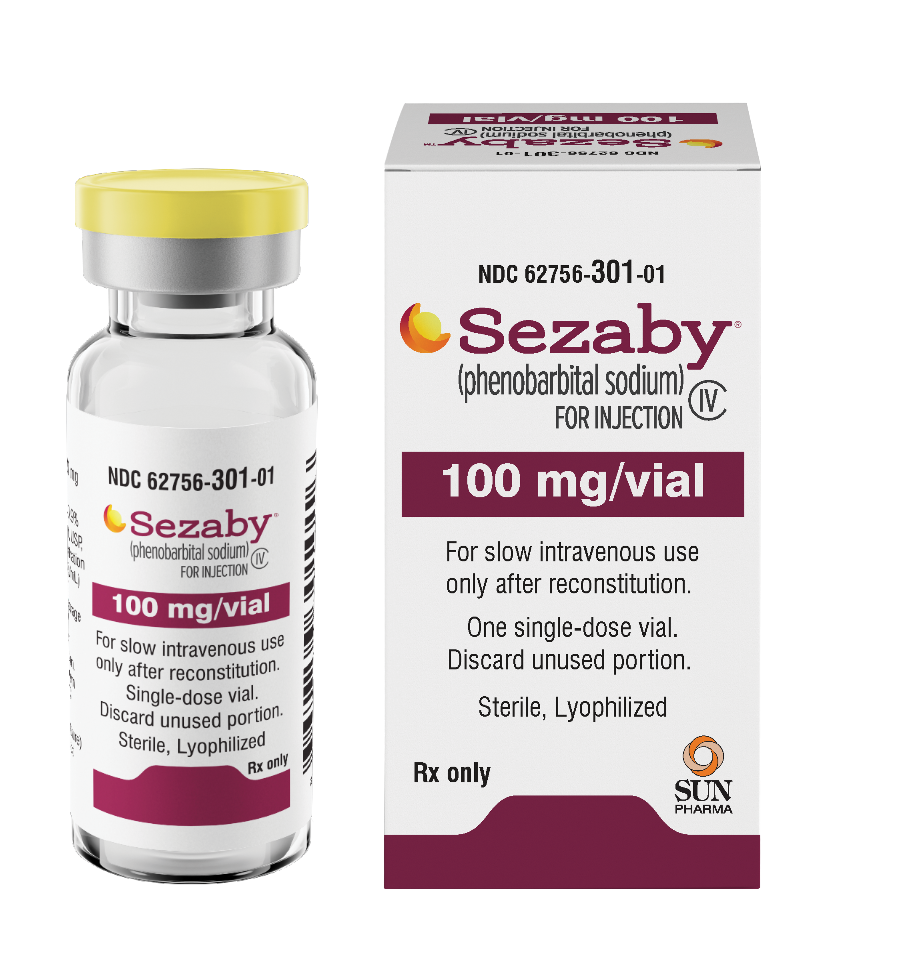
NO propylene glycol
No safe dose established for neonates less than 14 days of age (high levels may result in toxicity)6
NO benzyl alcohol
Exposure to high levels associated with developmental delay, cerebral palsy, and fatal cases of “gasping” syndrome5,7
Polymedicated neonates may be more vulnerable to these excipients,
as all are metabolized by the same enzyme, alcohol dehydrogenase (ADH).8
SEZABY® is the ONLY FDA-APPROVED, PRESERVATIVE-FREE phenobarbital for neonatal seizures1,2
Respiratory Depression or Insufficiency: Abnormal respiration has been observed; careful respiratory monitoring is needed during and after the administration of SEZABY®.
Phenobarbital is commonly used as first-line treatment in neonatal seizures13,14
However, most phenobarbital products are not stable in solution.15 Excipients or preservatives are added to increase stability.9-12,15
Critically ill neonates receive multiple medications and infusions
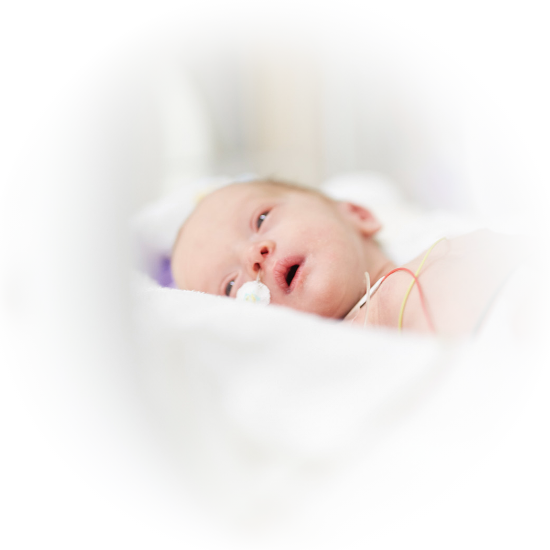
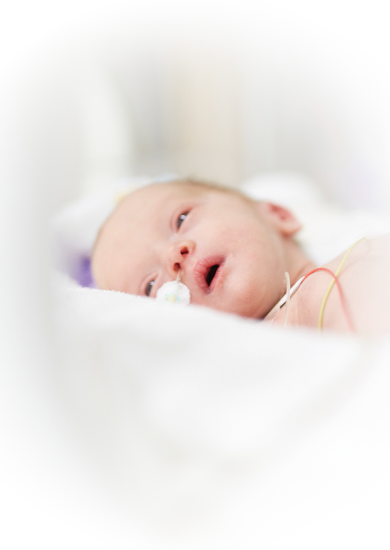
Multiple excipients
Some neonates in critical care units (NICU) can be exposed to up to 60 different excipients5
Toxicity
These levels of toxic excipients can be at doses higher than those recommended for adults5
Immature organ systems
Neonates have reduced capacity to metabolize and eliminate excipients3,4
Two excipients found in other, non-FDA approved phenobarbital products are of particular concern for neonates9-12
- Propylene glycol
- Benzyl alcohol
ADH activity
in neonates is less than 20% of adult levels8
Accumulation of harmful excipients
in vulnerable, polymedicated neonates may result8
*If seizures persist or recur any time 15 minutes after completion of the initial loading dose, administer a second loading dose. (Administer the second loading dose no sooner than 15 minutes after completion of the first loading dose.)
SEZABY® is supplied as a lyophilized powder in single-use vials. When reconstituted, SEZABY® contains 10 mg/mL phenobarbital sodium. Administer SEZABY® by intravenous infusion (over 15 minutes) into a large peripheral vein to avoid local tissue toxicity. SEZABY® is for intravenous use only.
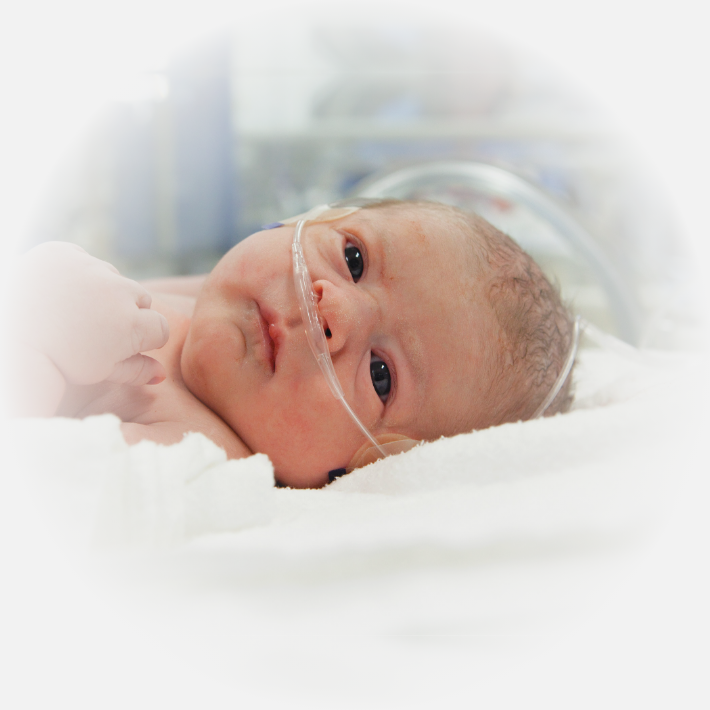

*If seizures persist or recur any time 15 minutes after completion of the initial loading dose, administer a second loading dose. (Administer the second loading dose no sooner than 15 minutes after completion of the first loading dose.)
SEZABY® is supplied as a lyophilized powder in single-use vials. When reconstituted, SEZABY® contains 10 mg/mL phenobarbital sodium. Administer SEZABY® by intravenous infusion (over 15 minutes) into a large peripheral vein to avoid local tissue toxicity. SEZABY® is for intravenous use only.
Reconstitution and additional administration instructions1
- Determine the number of vials to be reconstituted based on the patient’s weight and recommended dose.
- Aseptically reconstitute the lyophilized powder in the vial using 10 mL of 0.9% Sodium Chloride Injection, USP.
- Swirl the vial gently until contents are completely dissolved.
- The reconstituted solution contains 100 mg per 10 mL (10 mg/mL) of phenobarbital sodium.
- Inspect the vial visually for particulate matter and discoloration prior to administration (the reconstituted solution is clear, colorless, and free from visible particulate matter).
- Discard the reconstituted solution if it is discolored or contains foreign particles.
- Withdraw the appropriate volume from the reconstituted vial for intravenous infusion and administer immediately.
- Discard any unused portion of the reconstituted solution left in the vial.
No other available phenobarbital product has dosing recommendations for neonates1,9-12
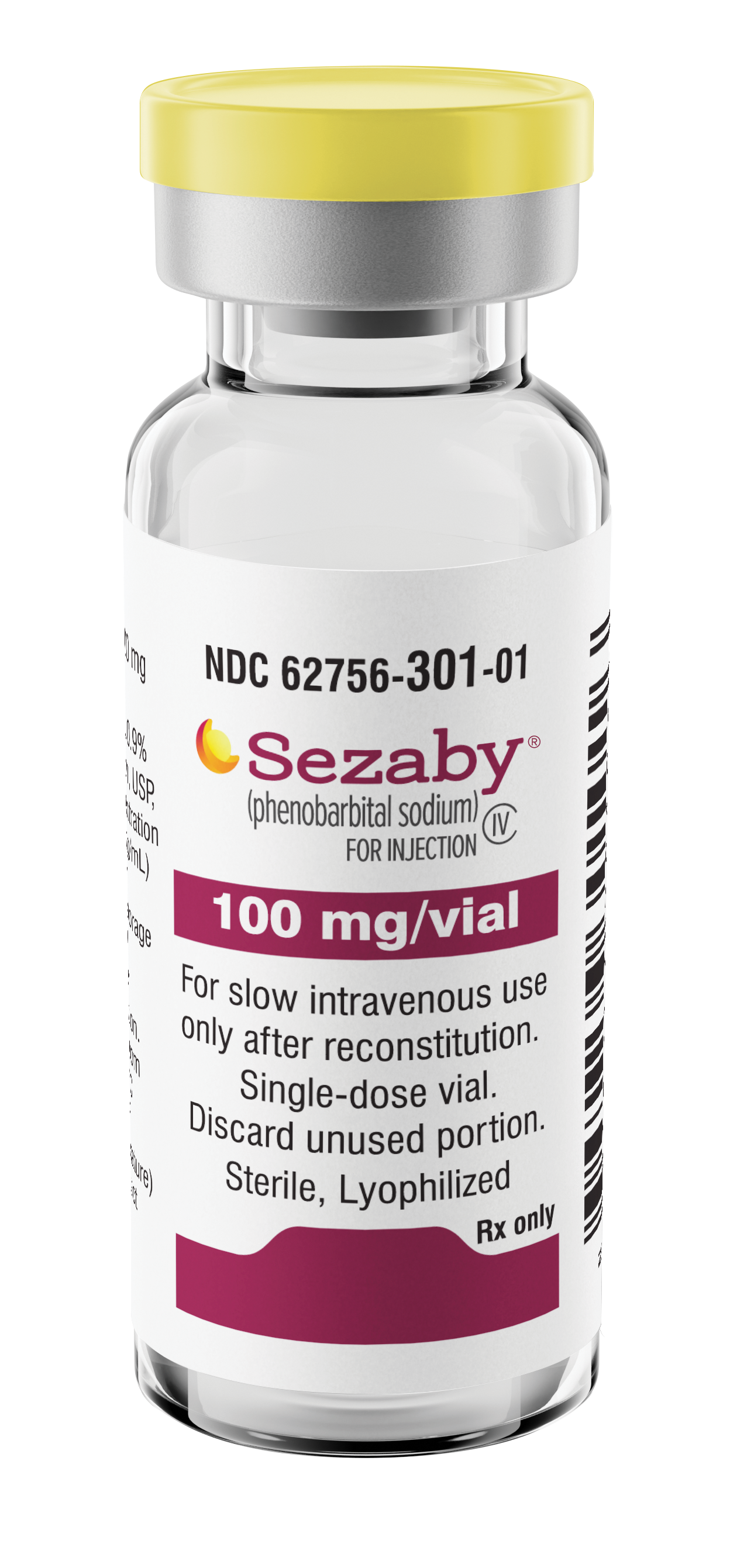
SEZABY® was demonstrated to be bioequivalent to the phenobarbital formulations used in the NEOLEV 2 study.1
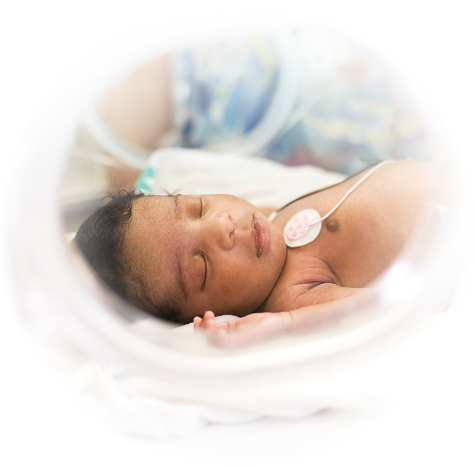
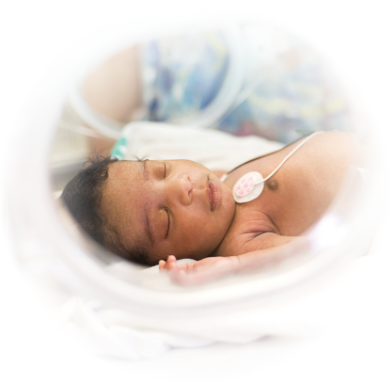
Significantly more effective in seizure cessation for all 3 endpoints1
STUDY DESIGN: A multicenter, randomized, blinded, controlled phase 2b trial (NEOLEV 2) investigated the efficacy and safety of phenobarbital compared with levetiracetam as first-line treatment for neonatal seizures. Term infants (corrected gestational age 36-44 weeks, weight >2.2 kg) at risk for developing seizures or suspected of having seizures were enrolled. Overall, 106 neonates (51 female, 55 male) were randomized to receive either phenobarbital (n=42) or levetiracetam (n=64) as their initial treatment. Patients received up to two 15-minute infusions of initially assigned treatment (loading dose[s]) followed by maintenance of up to 5 days. Mean durations of phenobarbital and levetiracetam treatments were 4.3 and 4 days, respectively. Primary endpoint was seizure-free for at least 24 hours.* Secondary endpoints were seizure-free for more than 48 hours and seizure-free for more than 1 hour.*
*Without needing a second drug to control seizures.
Respiratory Depression or Insufficiency: Abnormal respiration has been observed; careful respiratory monitoring is needed during and after the administration of SEZABY®.
Differences in adverse reactions to phenobarbital and levetiracetam were not statistically significant in clinical studies.2
Adverse Reactions that occurred in at least 2% of neonates
*55 neonates received both phenobarbital and levetiracetam, and had a similar adverse reaction profile as those who received only phenobarbital.1
- Supplied: One 100 mg single dose vial (lyophilized powder)
- Reconstituted: 10 mg/mL phenobarbital sodium, for intravenous use only
AmerisourceBergen: 10276604
Cardinal Health: 5823406
McKesson: 2677144
Morris & Dickson: 252676
Lessening excipient burden on critically ill neonates1,3-5

*Required
References: 1. SEZABY [prescribing information]. Sun Pharmaceutical Industries, Inc.; November 2022. 2. Sharpe C, Reiner GE, Davis SL, et al. Levetiracetam versus phenobarbital for neonatal seizures: a randomized controlled trial. Pediatrics. 2020;145:e20193182. 3. Salunke S, Brandys B, Giacoia G, Tuleu C. The STEP (Safety and Toxicity of Excipients for Paediatrics) database: part 2 – the pilot version. Int J Pharm. 2013;457(1):310-322. doi:10.1016/j.ijpharm.2013.09.013 4. LeBel M, Ferron L, Masson M, et al. Benzyl alcohol metabolism and elimination in neonates. Dev Pharmacol Ther. 1988;11:347-56. 5. Sridharan K, Hasan HM, Al Jufairi M, et al. Possible effects of excipients used in the parenteral drugs administered in critically ill adults, children, and neonates. Expert Opin Drug Saf. 2020;19(12):1625-1640. doi:10.1080/14740338.2020.1805431 6. Food and Drug Administration. Drug Safety Communication. Serious health problems seen in premature babies given Kaletra (lopinavir/ritonavir) oral solution. https://www.fda.gov/drugs/drug-safety-and-availability/fda-drug-safety-communication-serious-health-problems-seen-premature-babies-given-kaletra. Accessed November 2022. 7. Gershanik J, Boecler B, Ensley H, McCloskey S, George W. The gasping syndrome and benzyl alcohol poisoning. N Engl J Med. 1982;307(22):1384-1388. doi:10.1056/NEJM198211253072206 8. Valeur KS, Hertel SA, Lundstrøm KE, Holst H. The cumulative daily tolerance levels of potentially toxic excipients ethanol and propylene glycol are commonly exceeded in neonates and infants. Basic Clin Pharmacol Toxicol. 2018;122(5):523-530. doi:10.1111/bcpt.12950 9. Phenobarbital sodium-phenobarbital sodium injection [prescribing information]. BPI Labs, LLC; January 2022. 10. Phenobarbital sodium-phenobarbital sodium injection [prescribing information]. Hikma Pharmaceuticals USA Inc.; January 2020. 11. Phenobarbital sodium-phenobarbital sodium injection [prescribing information]. Cameron Pharmaceuticals, LLC; February 2020. 12. Phenobarbital sodium-phenobarbital sodium injection [prescribing information]. Bryant Ranch Prepack, Inc; September 2022. 13. Glass HC, Shellhaas RA, Wusthoff CJ, et al. Contemporary profile of seizures in neonates: a prospective cohort study. J Pediatr. 2016;174:98-103.31. doi: 10.1016/j.jpeds.2016.03.035 14. Krawiec C, Muzio MR. Neonatal seizure. [Updated 2022 Apr 30]. In StatPearls [Internet]. Treasure Island (FL): StatPearls Publishing. Jan 2022. 15. Lyophilized compositions of phenobarbital. Patent Grant 11406598. https://trea.com/information/lyophilized-compositions-of-phenobarbital-sodium-salt/patentgrant/6edd4628-48d7-42a3-8f28-4756620c304c.
INDICATIONS AND USAGE
SEZABY® (phenobarbital sodium) is indicated for the treatment of neonatal seizures in term and preterm infants.
CONTRAINDICATIONS
SEZABY is contraindicated in patients with:
• acute porphyrias
• a history of hypersensitivity reaction to phenobarbital or other barbiturates
WARNINGS AND PRECAUTIONS
WARNING: RISKS FROM CONCOMITANT USE WITH OPIOIDS; DEPENDENCE AND WITHDRAWAL REACTIONS AFTER USE OF SEZABY FOR A LONGER DURATION THAN RECOMMENDED; and ABUSE, MISUSE, ADDICTION WITH UNAPPROVED USE IN ADOLESCENTS AND ADULTS
Risks from Concomitant Use with Opioids
Concomitant use of phenobarbital products, including SEZABY, and opioids may result in profound sedation, respiratory depression, coma, and death. Reserve concomitant prescribing of these drugs for patients for whom alternative treatment options are inadequate. If a decision is made for concomitant use of these drugs, limit dosages and durations to the minimum required, and follow patients for signs and symptoms of respiratory depression and sedation.
Dependence and Withdrawal Reactions After Use of SEZABY for a Longer Duration than Recommended
The continued use of phenobarbital may lead to clinically significant physical dependence. The risks of dependence and withdrawal increase with longer treatment duration and higher daily dose. Although SEZABY is indicated only for short-term use, if used for a longer duration than recommended, abrupt discontinuation or rapid dosage reduction of SEZABY may precipitate acute withdrawal reactions, which can be life-threatening. For patients receiving SEZABY for longer duration than recommended, to reduce the risk of withdrawal reactions, use a gradual taper to discontinue SEZABY.
Abuse, Misuse, and Addiction with Unapproved Use in Adolescents and Adults
SEZABY is not approved for use in adolescents or adults. The unapproved use of SEZABY in adolescents and adults exposes them to risks of abuse, misuse, and addiction, which can lead to overdose or death. Abuse and misuse of phenobarbital commonly involve concomitant use of other drugs, alcohol, and/or illicit substances, which is associated with an increased frequency of serious adverse outcomes.
Respiratory Depression or Insufficiency: Abnormal respiration has been observed; careful respiratory monitoring is needed during and after the administration of SEZABY.
Serious Dermatologic Reactions: Serious and sometimes fatal dermatologic reactions, including toxic epidermal necrolysis (TEN) and Stevens-Johnson syndrome (SJS), have been reported with the use of phenobarbital. SEZABY should be discontinued at the first sign of drug-related rash, unless the rash is clearly not drug related.
Drug Reaction with Eosinophilia and Systemic Symptoms (DRESS)/Multiorgan hypersensitivity: DRESS, also known as multiorgan hypersensitivity, has been reported in patients taking antiepileptic drugs, including phenobarbital. Some of these events have been fatal or life-threatening.
SEZABY should be discontinued if an alternative etiology for the signs or symptoms cannot be established.
Infusion Site Reactions: SEZABY is highly alkaline. Therefore, extreme care should be taken to avoid perivascular extravasation or intra-arterial injection. Extravascular injection may cause local tissue damage with subsequent necrosis; consequences of intra-arterial injection may vary from transient pain to gangrene of the limb. Any evidence of pain, swelling, discoloration, or temperature change in the limb warrants stopping the injection.
QT Prolongation: SEZABY may prolong the QT interval. Avoid use of SEZABY in patients who are at significant risk of developing torsade de pointes. If use cannot be avoided in these patients, collect ECGs during treatment at specified intervals as clinically indicated, and monitor serum electrolytes and correct abnormalities.
Avoid the concomitant use of products that may increase the risk of QTc interval prolongation that may increase concentrations of phenobarbital.
ADVERSE REACTIONS
The most common adverse reactions (incidence > 5% patients overall) are abnormal respiration, sedation, feeding disorder, and hypotension.
DRUG INTERACTIONS
CYP2C9, 2C19, 2E1, UGT Inhibitors: Closely monitor for adverse reactions (e.g., over sedation, prolonged QTc interval, etc.) when used concomitantly with inhibitors of these enzymes and reduced efficacy (e.g., breakthrough seizure); when used with inducers of these enzymes. Consider titration of the SEZABY maintenance dosage accordingly if concomitant use is unavoidable and decrease SEZABY dosage, if needed.
CYP3A4, 2B6, 2C, UGT Substrates: Closely monitor neonates when SEZABY is used concurrently with substrates of these enzymes and consider increasing the dosage of the substrate accordingly, unless otherwise advised in its Prescribing Information, if concomitant use is unavoidable.
CNS depressants: Closely monitor for sedation and respiratory depression with concomitant use of SEZABY with other CNS depressants, including opioids.
Drugs that Prolong the QT Interval: Avoid concomitant use of SEZABY and these products.
To Report SUSPECTED ADVERSE REACTIONS, contact Sun Pharmaceutical Industries, Inc. at 1-800-818-4555 or FDA at 1-800-FDA-1088 or http://www.fda.gov/medwatch.
Please see full Prescribing Information for Boxed Warning, Contraindications, and other important Warnings and Precautions.
